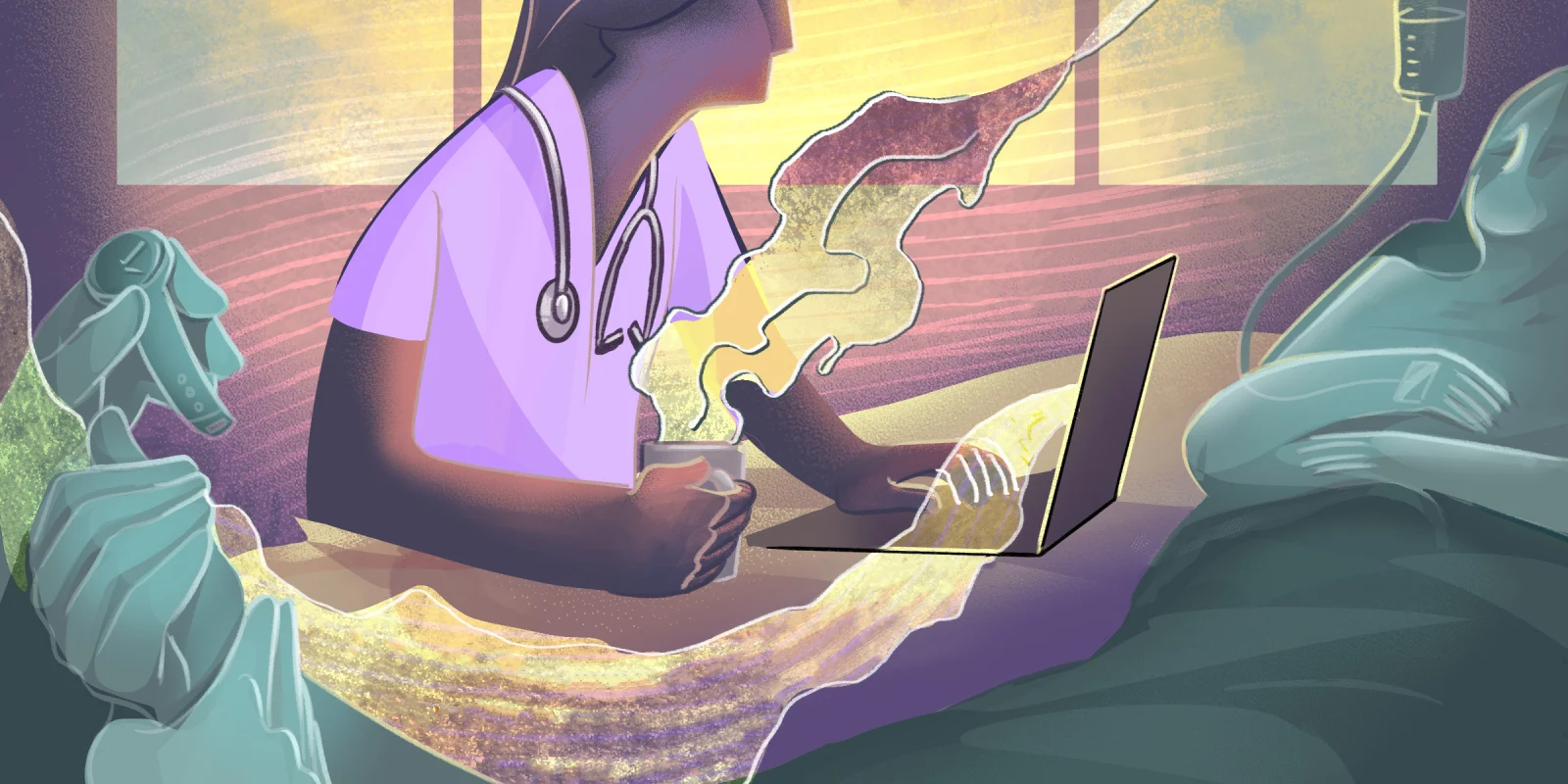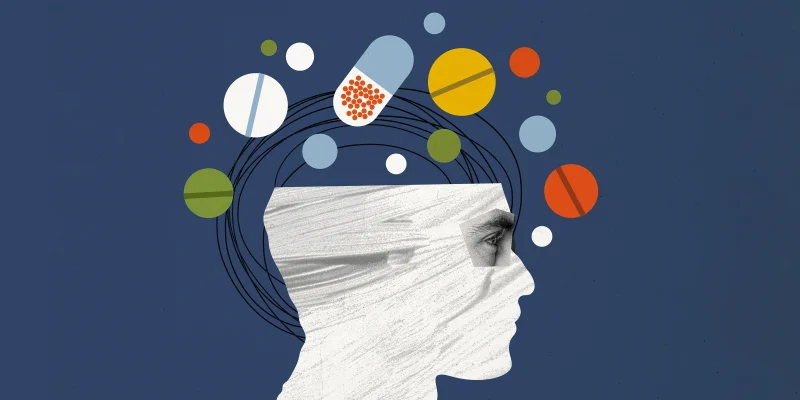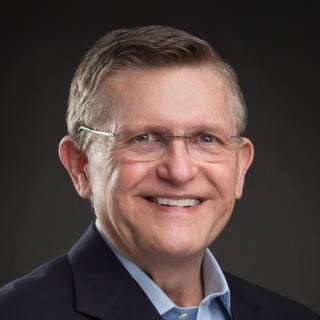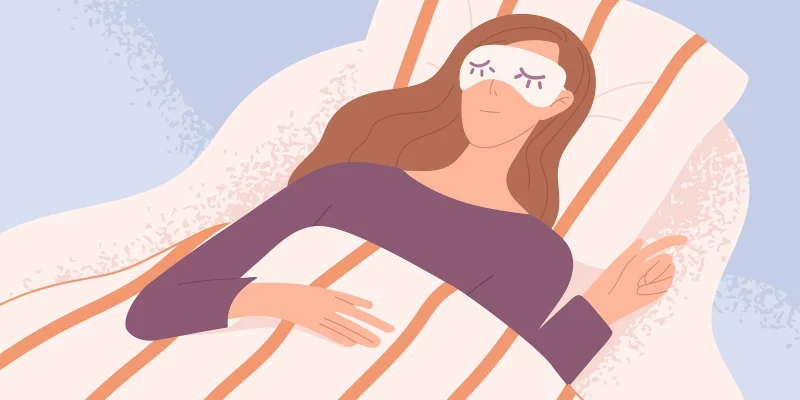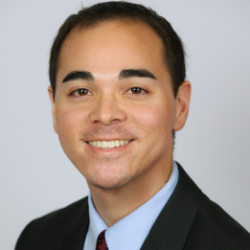When my best friend died, my mother drove seven hours to my apartment to deliver the news in person. She caught me as I fell to the ground repeating “no” in disbelief. She dialed my chief resident because I couldn’t see the phone number through my tears. The loss was shattering, but despite my fall, the landing was safe. I knew my friend’s prolonged struggle and the exhaustive treatments she had endured. This experience, more than anything, taught me that the aftermath of a death and the subsequent narrative we construct is something that never leaves those who stay behind.
Discussions on death and dying in medicine tend to center the patient — or the dying person. This perspective profoundly affects and shapes our mindsets. We say we don’t want a patient to “go through that.” We consider it a shame when we see “futile” suffering at the end of life. I have been a part of many conversations in my residency training where we cluck remorsefully about the frail 90-year-old who is full code. Or sigh regretfully when the quadriplegic patient who is bedbound and has severe dementia is admitted to the hospital for the 10th time this year with another urinary tract infection. Colleagues are congratulated when the outcome of a goals-of-care conversation leads to changing the code status to DNR/DNI. Conversely, we describe it as a failure when those conversations do not lead to a change in code status.
There are many scenarios in medicine where, as clinicians, we know the patient is going to die and no medical intervention will change that outcome — so it is hard to see further painful, invasive interventions as anything but torture to a dying person. But to some patients, their own experience is only part of the equation.
Mrs. A was undergoing treatment for stage 4 metastatic cancer. The attending oncologist and I explained to her that she was at the end of life. Hesitantly, we disclosed that there was one final treatment modality that could be considered but that it would, at best, only give her several weeks, and at the cost of significant side effects; we could not recommend it. At the end of our conversation, Mrs. A decided to stop treatments and pursue hospice. My attending and I affirmed her decision. However, 24 hours later, she changed her mind — after her three young-adult daughters visited. Mrs. A went through two weeks of grueling treatment before being readmitted to the inpatient oncology service, even more sick than before. We, as her health care team, couldn’t help but feel upset to see her in so much pain. Her doctors and nurses expressed frustration that her family was “selfish” to “put her through this.” I asked Mrs. A if she regretted the treatments that had left her in pain and in organ failure. She told me that she had no regrets. Her daughters would live the rest of their life without a mother. She wanted them to know that she tried everything to be with them. She said that the pain she went through was worth the price of their peace. The team had focused on the selfishness of the children, but I found myself in awe of the selflessness of the mother.
This is not to say that I am blind to the problems of death in our modern health care system. I agree with and have been shaped by those who have come before me on this subject. I can relate to the musings of psychiatrist Dr. Scott Alexander, who provocatively wrote: “We have life far beyond the point where it becomes a sick caricature of itself. We prolong life until it becomes a sickness, an abomination, a miserable and pathetic flight from death that saps out and mocks everything that made life desirable in the first place.” I encountered his article early in medical school and I’m unnerved it reads more as a prophecy than opinion. I was moved, too, by the writings of Drs. Ken Murray and Atul Gawande, who highlight the limitations of modern medicine and underscore the value of less treatments, prioritizing quality over quantity of time.
I know how terrible it feels to hurt a patient under the guise of saving their life. For example, I know how distressing it is to perform CPR when it feels futile, and I know I experience subsequent moral injury. And over the years, I’ve become more intentional about how I elicit code status from my patients. Since it is a mandatory order in the EHR, I ask every single patient this question, but how I ask it depends on the patient. To the young, healthy 24-year-old with no comorbidities who is admitted for rhabdomyolysis, I ask, “If we needed to do CPR and use a breathing machine to save your life, would this be OK? To the 85-year-old with metastatic cancer on dialysis and admitted for heart failure exacerbation, I ask something along the lines of, “If you were to die in the hospital, would you want us to attempt extreme measures like chest compressions and a breathing tube, or would you want us to let you go peacefully?”
After such a spiel, one patient chastised me for trying to scare him. “This is my right to make this decision,” he told me. “You doctors don’t have a good track record of doing right by us.” While the right to decide code status has been up for debate by medical ethicists, I couldn’t deny his point: He was a Black man from west Philadelphia. My earnest attempt to help this patient make informed decisions was not going to undo 70 years of distrust in the medical system. When I agreed with his assertions and assured him that I would respect his wishes, I felt like I had passed a test.
At one point, I told this patient and his wife that he would die from this disease. The team, along with our palliative care colleagues, had ongoing conversations with him and his family to elicit goals of care, what matters most, and how to maximize what he found most precious. Per him, this was time outside of the hospital with family. Medicine cannot stop death, but it usually gives us a few chances to give a patient a good death.
In the end, his heart stopped in the hospital. Since he hadn’t reversed his code status, we performed CPR, knowing that there was nothing we could fix. When I told his wife, I braced myself for her recriminations. Instead, she hugged me tearfully, thanking me for everything, especially CPR. It was therapeutic and consequential for her to see the medical team “do everything” for her husband.
Another time, I was on service in the ICU caring for a patient who was well known to most of my colleagues, as she had spent weeks in the ICU for this stay alone. She was battling not just her underlying illness but also the psychological scars it wrought — PTSD and anxiety stemming from ICU care, a known phenomenon. Every time a new team assumed her care, we attempted to gently engage the patient and her family about the irreversibility of her condition and the compounding suffering we were inflicting in the ICU. Despite the dedicated efforts of the ICU and palliative care team, the patient and her family did not want to discuss any possibility of no recovery. The situation reached a critical juncture when an attending who was known to this family joined our team. In prior discussions, the attending had attempted to honestly convey the patient’s grim prognosis. The family was horrified: “I don’t want that doctor anywhere near her, he wants to kill her!” When later she did die, despite interventions, the family sobbed and screamed and threatened staff, ultimately being led away by security.
Slowly, my calculus has begun to weigh the anguish of living as much as the pain of the dying.
Sometimes it takes time. When I meet a patient, there’s a familiarity — the chapters of their life shadowed by COPD, CHF, or cancer are chapters I’ve already read many times. I see the future because I’ve lived it (the details change of course, and I’m still surprised, but the contours are predictable). Yet it’s not the same for families. They see Dave who runs marathons or Laura the preschool teacher. The transition from marathons to bedbound is bewildering and upsetting. Sometimes it takes a trach, feeding tube, nursing home, and several readmissions to realize this is not what they want for their loved one. I don’t blame a mother, wife, or child for having to live their way to these answers. That’s not a failure of medicine, that’s the human condition.
All of these experiences, of course, underscore the importance of early conversations with loved ones, palliative care, and training doctors to better communicate the nuance of these topics. But even with this, I believe medicine has an imperative to consider not only the dying patient but also their family members who are left living.
Because as a doctor, I am not the one who has to go home and live with that loss. I don’t have to spend the next weeks, months, and years with regret and grief. Endings matter, and the story we tell ourselves about a loved one’s death is an important part of the rest of the life we go on to live.
I care about my patients and don’t want them to suffer. But I also care about the living whom they leave behind. Even after a patient is dead, families and loved ones have to spend the rest of their lives remembering, and sometimes it’s OK to make medical decisions that optimize the latter at the expense of the former.
What approaches have helped you communicate with friends and family of seriously ill patients? Share your experiences below.
Corinne Carland is an internal medical resident at the University of Pennsylvania in Philadelphia. She is interested in health tech, clinical informatics, cardiology, and genomics/proteomics. Outside of work she enjoys walking/running along the river, trying new ice cream spots, and exploring museums. Dr. Carland is a 2023–2024 Doximity Op-Med Fellow.
Illustration by April Brust
